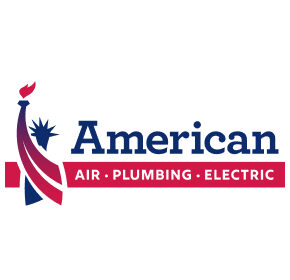The Value of Properly Installing Heat Pumps and Air Conditioners
For most families, heating and cooling account for 40% or more of their yearly utility budget. Without a doubt, proper installation of heating and cooling equipment is one of the most effective ways of improving efficiency, increasing occupant comfort, and reducing a family’s utility costs.
The Importance of Proper Installation
Many studies have shown heat pumps and air conditioners — even new units — are often improperly charged, which can reduce system capacity and efficiency by 20 percent or more. Sadly enough, several studies have shown that a significant reduction in system capacity, as well as efficiency, is caused by heat pumps and air conditioners being improper. This leads to a low level of comfort for the homeowner, additional maintenance issues, as well as higher than expected electric bills. Another installation problem that occurs more frequently than it should be is improper airflow across the indoor coil, hurting a family’s indoor air comfort and their operating costs. A reduction in airflow affects the cooling and heating capacity and efficiency of the unit. We see this usually when shrubbery is planted too close to the unit, if the unit is installed under a homeowner’s porch, or if the outdoor coil clogs due to dryer lint, dirt, debris, or pollen. Excessive airflow on the other hand may occur less often, however it can cause poor dehumidification while cooling, noise from the ducts, and air drafts. Another culprit is a control that is not properly installed. This causes poor humidity control while cooling and a lack of efficiency while the heat pump is operating during the heating season. Other conditions that have been found to reduce capacity and operating efficiency are refrigerant lines that are crimped, incorrectly pitched, or simply too lengthy.
Installation and Design Essentials
The proper installation of a heat pump and air conditioner system is just one of many items that are required to provide efficient, comfortable, and economical cooling and heating. All equipment must be properly chosen and sized to be as efficient as possible. At the same time, the equipment must meet the house heating and cooling loads. The duct system must be properly designed to work with the air conditioning and heat pump equipment so that it can distribute conditioned air correctly throughout the home. The duct system must also be correctly sealed as well as installed to maximize its design performance.
The Future of our Buildings
It is the mission of the (DEO’s) Department of Energy’s Office of Building Technology program for buildings to become comfortable, energy-efficient, and more affordable. To accomplish these goals as soon as possible, the department is conducting R&D on technologies and concepts for energy efficiency. They are also working very closely with the building industry and with numerous manufacturers of appliances and equipment. They are promoting energy and dollar saving opportunities to builders and buyers alike of homes and commercial buildings. They are also working with State and local regulatory organizations to advance building codes, guidelines for efficient energy use, and appliance standards.

